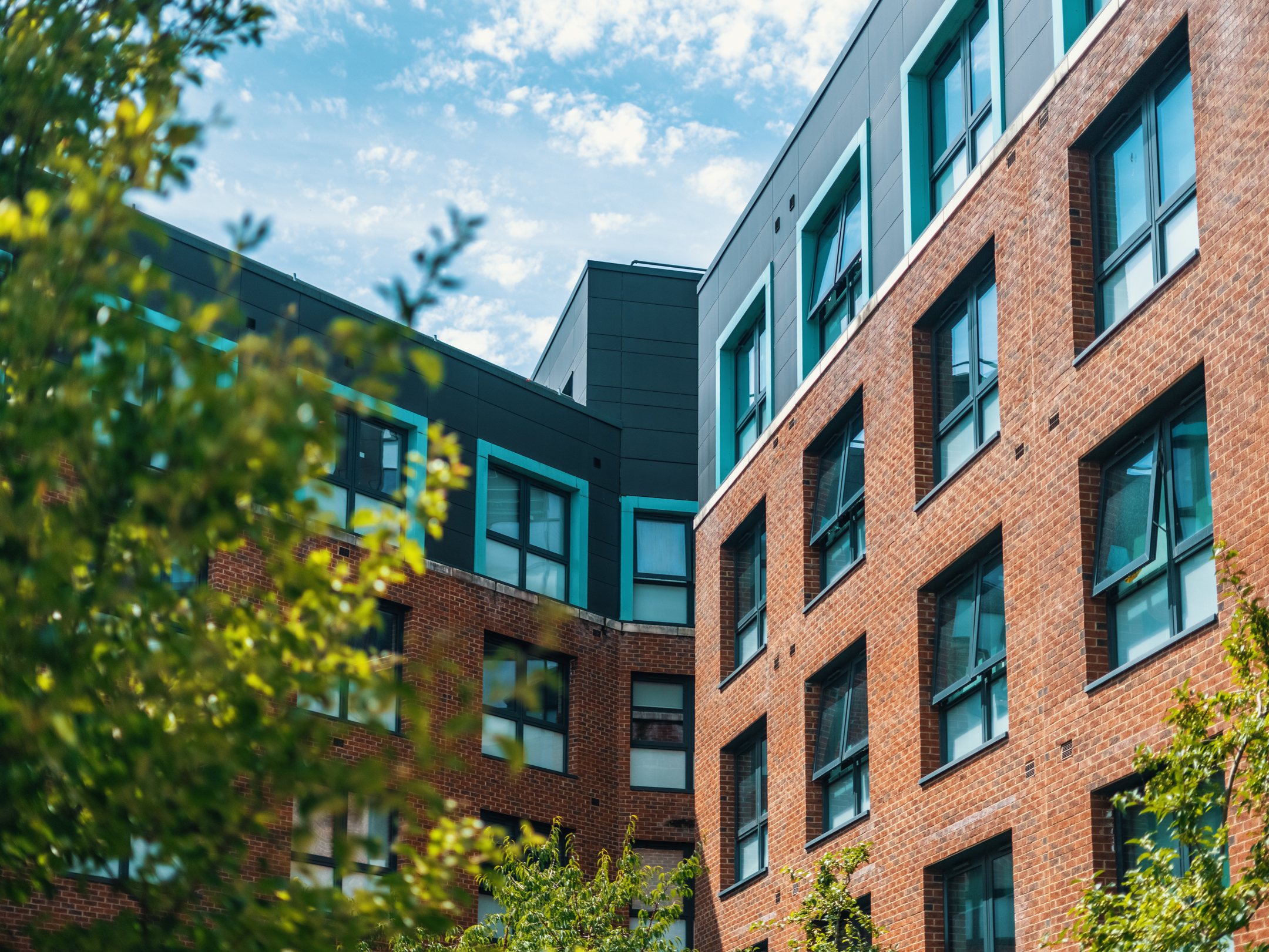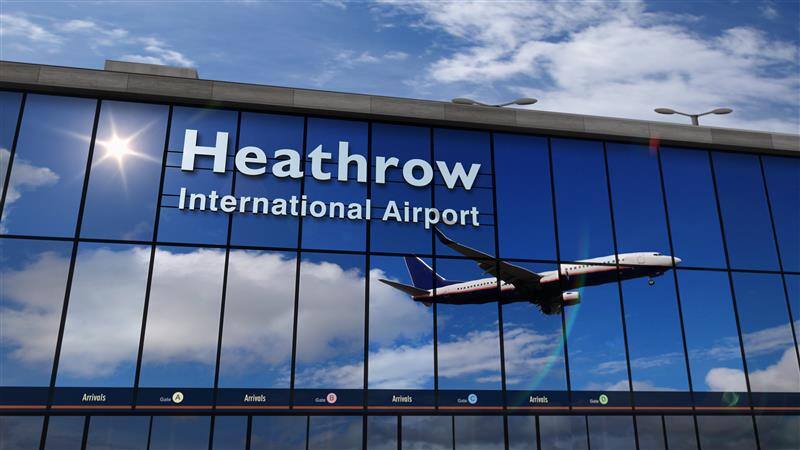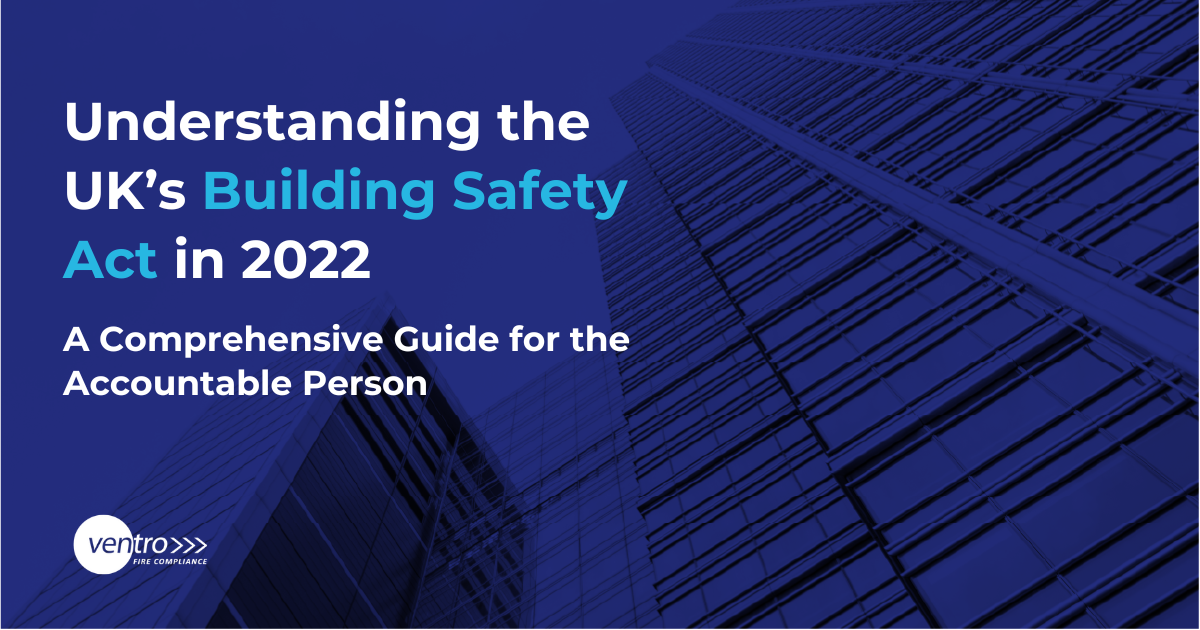The Building Safety Act 2022 (BSA) is a pivotal piece of legislation. Enacted in response to the Independent Review led by Dame Judith Hackitt following the tragic Grenfell Tower fire, the primary goal of the BSA is to enhance safety and accountability within the sector by reshaping the entire framework laid out by The Building Act 1984 – the primary legislation that introduced Building Regulations.
The BSA also allows the Building Safety Regulator to introduce new secondary legislation, providing the regulations and procedures necessary for implementing the BSA effectively.
The core aim of the BSA is to establish a comprehensive framework for ensuring the safety of buildings throughout their lifecycle – from initial design and construction to ongoing occupation and maintenance. However, its focus is largely on structural and fire safety, rather than other aspects of building safety. Key provisions within the BSA include the expansion of building safety regulations to cover a wider range of structures (such as mixed-use developments and structures with external cladding systems), the creation of a dedicated Building Safety Regulator to oversee compliance and enforcement and the implementation of rigorous safety standards and procedures to mitigate risks and enhance transparency.
The BSA affects all buildings, not just those deemed higher-risk. However, for higher-risk buildings (HRBs), a specialised regime introduces three critical ‘gateway’ procedures outlined below:
- Planning Gateway (1): At the planning application stage
- Gateway 2: Before building work commences
- Gateway 3: When building work is completed
These gateways serve as stop/go decision points that must be successfully navigated before progressing to the next stage of construction. These decision points are designed to pause construction or occupation until specific safety criteria are met.
The Building Safety Regulator (BSR) – the designated authority responsible for overseeing building work for higher-risk buildings – will collaborate with local authorities and fire and rescue authorities to ensure safety considerations are met at each stage.

Gateway 2:
Gateway 2, requires building control approval from the BSR before ‘work’ can commence on site. This ‘work’ encompasses a broad range of construction activities, such as enabling works involving permanent structures, but excludes demolition. 5
This requires submission of various plans and documents – none of which can rely on assumptions about the building use. It is expected that Stage 4 design information will generally be required (given the need for contractor input at this stage). The regulator, and a multi-disciplinary team, then has 8 weeks for existing buildings and 12 weeks for new buildings to approve or reject the application, so construction programmes will need to allocate sufficient time for the process.
Experience shows that the 8 weeks is totally unrealistic with some applications taking up to 9 months to approve.
Failure to obtain approval could significantly disrupt project timelines, leading to costly delays and potential contractual penalties. This is a crucial checkpoint in the project lifecycle so it’s essential that the documents submitted are thorough and accurate, and that any regulatory concerns or queries are addressed promptly and openly.
The original platform for submission only allowed PDF Files to be uploaded, which caused problems in being able to upload all information as apart from the 1st section within the project upload, each section only allowed for a single document upload. Also, if the BSR title requirements were not followed documents were rejected (& commas and full stops were not allowed nor were other regularly used symbols in document and drawing titles). In April 2025 the BSR amended the upload requirements to allow folders to be uploaded as part of the 1st section upload.
Whilst it would be true to say that the industry is struggling to submit fully compliant applications on first submission and the BSR has to send out RFIs for missing information, or reject the application completely, there are consistency issues within the BSR and the Multi-Disciplinary Teams (MDT) that review the submissions, in that submissions submitted for identical blocks (and this means identical in every way) will have a different response from the BSR Lead on the validation process for the initial application, and then a different range of RFIs for each of the blocks to be submitted back to the BSR. This is due to the fact that the disciples within the MDTs will take a different view on a particular document submitted. Also, lack of knowledge is an issue within the BSR Lead and MDTs, as an example an RFI for the test data for all of the ironmongery on the fire doors even though the door-set was tested as a composite item including all ironmongery. The response to a challenge on this would be that the information is required or the application could be rejected.
To Summarise
In summary, the guidance is poor, the checking system is flawed and the BSR is understaffed with the right technical teams. Those submitting Gateway 2 Applications need to be mind readers, residents at Hogwarts and/or have a crystal ball to be able to fully comprehend what documentation is required to be submitted.
Whilst we don’t have any of these attributes, what we are doing is to bring together the requirements set out in the guidance together with all of the additional/clarification information that flows through the RFIs to build an application that should have a clear route to determination and approval, hopefully within an acceptable timeframe – are we hopeful, only time will tell.





.jpeg)

